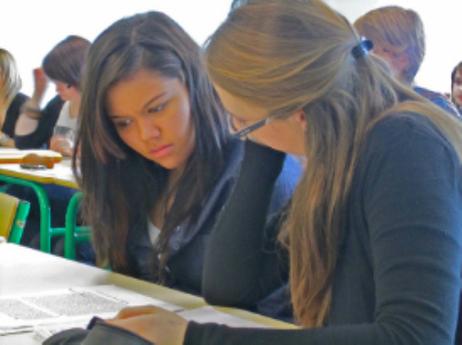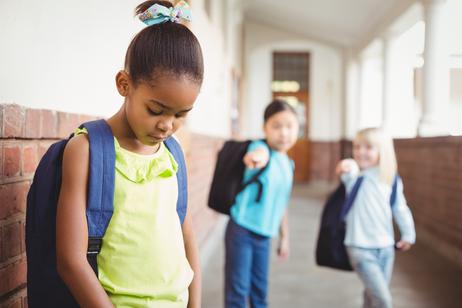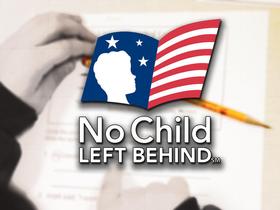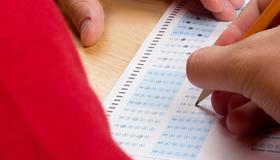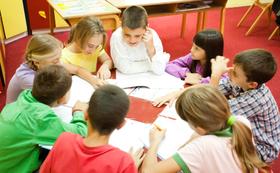All too often, school violence in the U.S. is ubiquitously broadcasted on TV and online media in the United States, leaving children who watch frightened and confused. These high profile acts may force children to question whether themselves or their friends are in fact safe. Questions may run through their head, such as “Who will protect us?” or “Why would someone do such a thing?”
This is where adults—parents, loved ones, and teachers alike—can provide information, guidance, and empathy. Rather than hide from or dismiss the high-profile stories, it is best to confront them head-on. Discuss these events with children, establish a sense of security and stability by allaying their fears.
Our school violence handbook is designed to be a resource for administrators, faculty, and parents to turn to after times of crisis. We believe the educational experience prioritizes not just intellectual growth, but emotional health. Distribute and use this ¶¶ŇôłÉČË handbook as a guide for moments when needed most.
This video shows you how to talk to your children about school violence.
8 Ways to Guide Your Conversation
1. First and foremost—reassure the child that they are safe. Schools are overwhelmingly safe overall despite the high-profile acts that occur every year. They can rest easy knowing themselves and their loved ones will be okay.

